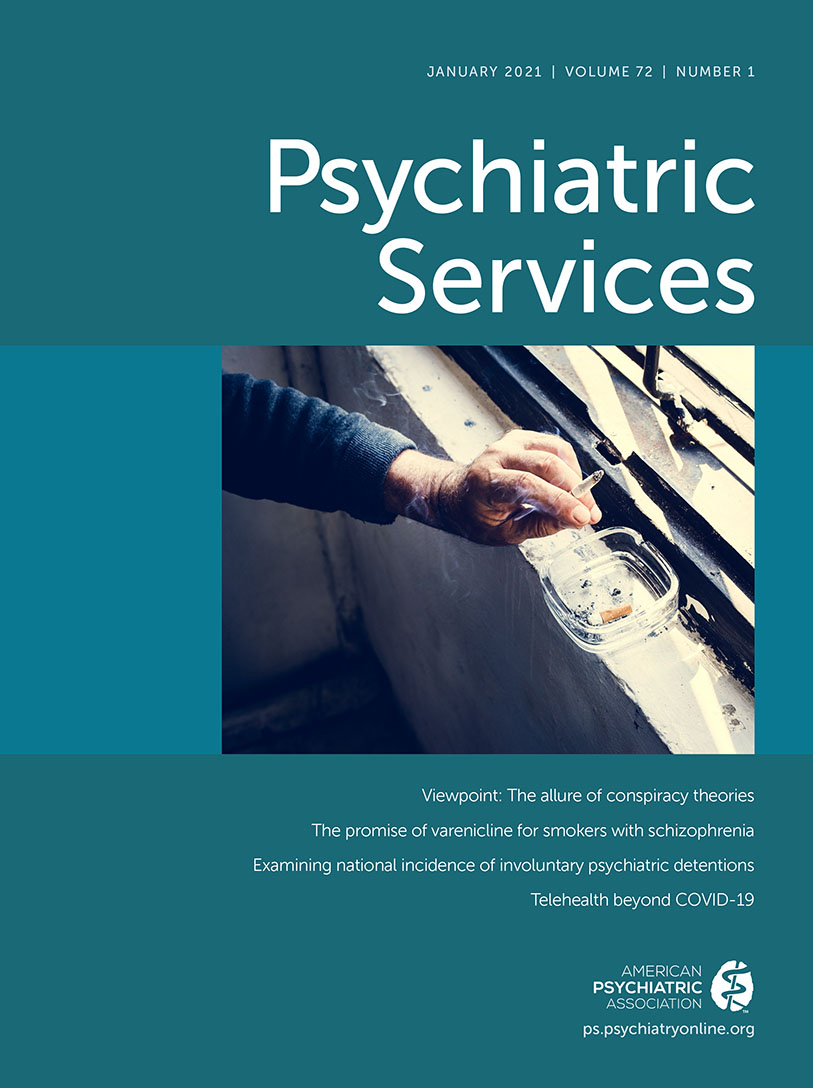Disengagement From Early Intervention Services for Psychosis: A Systematic Review
Abstract
Objective:
Therapeutic benefits associated with early services for psychosis are influenced by the degree to which participants engage in treatment. The main objective of this review was to analyze rates of disengagement in early psychosis services and identify predictors of disengagement in these settings.
Methods:
A systematic search for studies published in the 1966–2019 period was conducted in PubMed, Google Scholar, EBSCO, Ovid, and Embase. The Observational Cohort and Cross-Sectional Studies scale was used to assess the methodological quality of reports identified in this search. A revised version of the behavioral model of health service use was employed to evaluate and understand predictors of disengagement (categorized as predisposing, enabling, and need factors) identified in the studies with the highest quality.
Results:
Twenty studies met the inclusion criteria. Disengagement rates (12% to 53%) and definitions of disengagement varied widely across these studies. Most did not find a compelling association between predisposing factors (e.g., age) and disengagement. Enabling factors, such as lack of family support and living alone, were consistently found to be related to increased disengagement across studies. Finally, need factors, such as lower medication adherence and higher drug misuse, were associated with higher risk for disengagement.
Conclusions:
Enabling and need factors seemed to be the most predictive of disengagement from early psychosis services. Substantial between-study variation in identified predictors of disengagement may be addressed by developing and applying a consensus definition of disengagement in future research.



